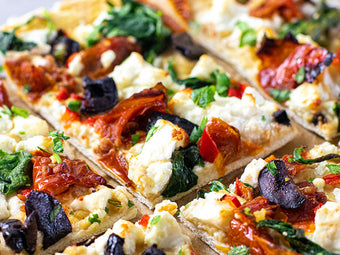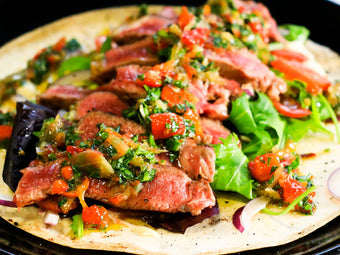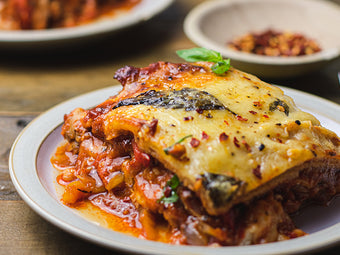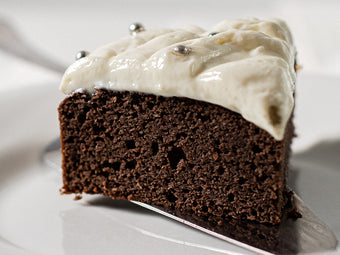Drug Resistant Epilepsy and Keto: how does it work?
The Ketogenic Diet | What is Ketosis?
More than just a lifestyle choice or modern weight loss diet, the Ketogenic diet is used as a tool to combat certain physical and neurological conditions, including epilepsy. #EpilepsyTogether
This classical diet is based on a ratio of ketone producing foods in the diet (fat) to foods that reduce ketone production (carbohydrate and protein). A ‘ketogenic’ ratio of at least 3:1 is usually needed for maintenance of a good state of ketosis and optimal seizure control, although this varies between individuals and some will need a lower 2:1 ratio or a higher 4:1 ratio. In a 3:1 diet, 87% of the energy is provided by fat, in a 4:1 diet this increases to 90%. Fat is usually provided from food sources such as butter, mayonnaise, margarine, oil, cream, or a supplement that is available on medical prescription. Protein intake is based on minimum requirements for growth and is generally provided by a high-biological value source at each meal such as meat, fish, eggs or cheese. Carbohydrates are very restricted; starchy foods are not allowed, the main sources being a limited portion of vegetables or fruit.
Drug-resistant epilepsy | Drug-resistant epilepsy causes
Two thirds of people with epilepsy can be treated by anti-epileptic medication, sadly, some epilepsy conditions prove to be drug resistant. Causes of drug resistant epilepsy (refractory epilepsy) vary but include: noncompliance, seizures that are not epileptic, misdiagnosis of the seizure type or epilepsy syndrome, inappropriate use of medication, and lifestyle issues. (https://www.ncbi.nlm.nih.gov/pmc/articles/PMC4001229/).
In cases where drug treatments fail, the ketogenic diet has proven to be a vital life line in minimising seizures and giving people back a fuller, richer quality of life.
Lucy Murphy is one such person and here on the Matthews Friends website, she tells her story of growing up with frequent seizures and hospital ICU vists, then making the switch to her diet that has seen her grow into an inspiring young woman and a talented ketogenic cook!

How does the keto diet work for epilepsy
A high fat, low carbohydrate diet was first described in the medical literature in 1921 as a treatment for epilepsy in children, following other reports of the beneficial effects of fasting on seizure control. The diet was designed to mimic the metabolic changes that occur in the body during starvation, i.e. adaption to spare muscle protein breakdown and draw on energy reserves of body fat. The diet became known as the ‘ketogenic diet’ and is the basis of the classical ketogenic diet still used today. Again, the diet has been found to dramatically minimise the frequency and severity of seizures.
For more information on the ketogenic diet and managing drug-resistant epilepsy, visit Matthew’s Friends for information on medical ketogenic dietary therapies, how to get started, how to manage, etc.
Lo-Dough is proud to support both Matthews Friends and The Daisy Garland, two fantastic charities set up for children with drug resistant epilepsy and their families.
Useful links:
Matthews Friends Instagram: www.instagram.com/matthewsfriendsketogenic/
Facebook: www.facebook.com/matthewsfriends
Matthews friends recipes: https://www.matthewsfriends.org/recipes-welcome
The Daisy Garland Instagram: https://www.instagram.com/thedaisygarland/
The Daily Garland Facebook https://www.facebook.com/thedaisygarland
Lo-Dough’s low carb recipes https://lodough.co/blogs/recipes/tagged/carbs_under-10
Keto College www.ketocollege.co.uk









